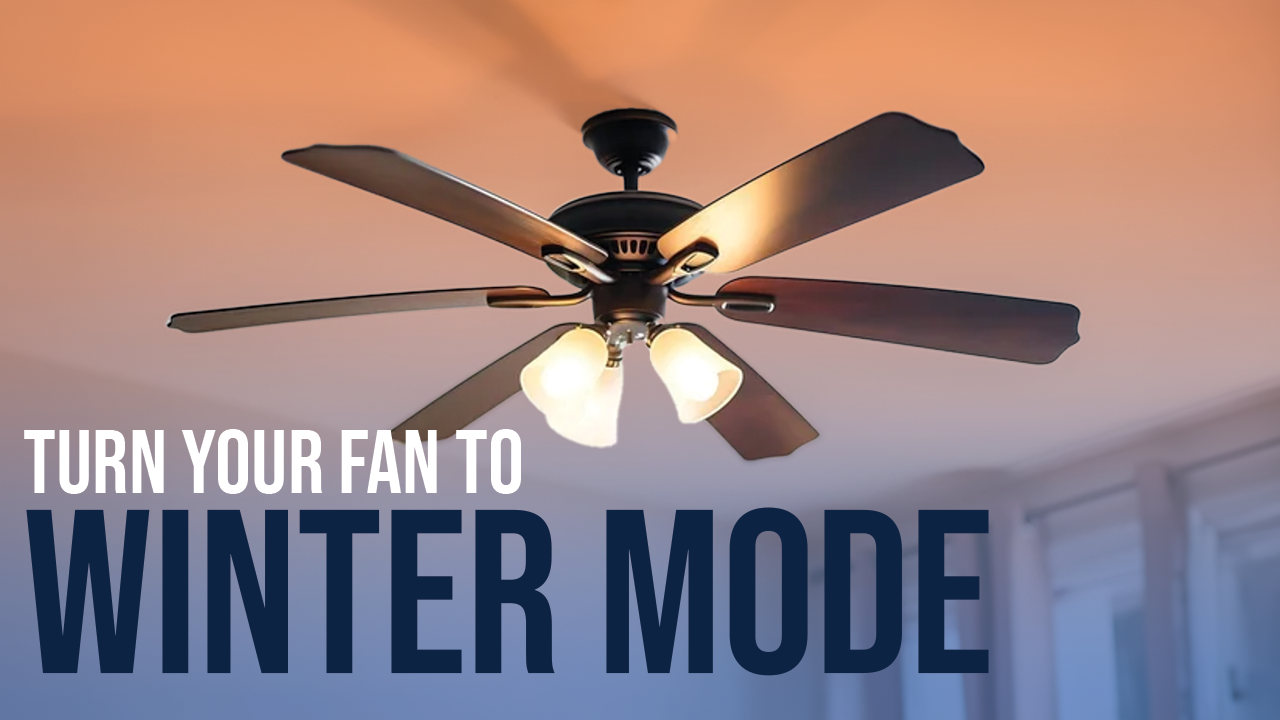
Regular maintenance of your water heater is one of the simplest ways to ensure its longevity and efficiency. Flushing your water heater is a straightforward process that removes sediment buildup, improves performance, and reduces energy costs. In this guide, we’ll walk you through a step-by-step process to safely and effectively flush your water heater.
Why Flushing Your Water Heater Matters
Over time, sediment and debris accumulate at the bottom of your water heater. This can lead to several issues:
- Reduced efficiency, causing higher energy bills.
- Uneven heating or water temperature issues.
- Potential damage that shortens the lifespan of the water heater.
By taking about 30 minutes to flush your water heater once or twice a year, you can avoid these problems, save money, and ensure your system runs smoothly for years.
Step-by-Step Guide to Flushing Your Water Heater
Step 1: Safety First
Safety should always come first when dealing with appliances like water heaters. Follow these precautions:
- Turn Off the Power Supply:
- For electric water heaters, switch off the circuit breaker.
- For gas water heaters, turn the gas valve to “pilot” or “off.”
- Turn Off the Cold Water Supply:
Locate the cold water valve on the top of the tank and turn it off. This stops new water from entering the tank during the process.
Step 2: Prepare for Draining
- Attach a Garden Hose:
Connect a garden hose to the drain valve at the bottom of the water heater. Ensure the other end of the hose is positioned safely—direct it to a drain, bucket, or outside to avoid water damage.
Pro Tip: If water doesn’t flow out easily, sediment might be clogging the drain valve. Turn the cold water supply back on briefly to dislodge the blockage. - Open the Drain Valve:
Carefully open the drain valve to allow water to flow out. Be cautious—the water may still be very hot! This initial drain removes much of the sediment and debris from the tank.
Step 3: Flush the Tank
- Once most of the water has drained, turn the cold water supply back on briefly.
- This stirs up any remaining sediment in the tank.
- Let the stirred-up water flow out through the hose until the water runs clear.
Step 4: Close and Refill
- Close the Drain Valve:
Once the water runs clear, close the drain valve and disconnect the hose. - Turn the Cold Water Supply Back On:
Allow the tank to refill completely. - Restore the Power Supply:
- For electric models, turn the circuit breaker back on.
- For gas models, relight the pilot or turn the gas valve back to “on.”
Pro Tips for Success
- Show the Difference: Before starting, check the clarity of your water. Seeing the sediment in the drained water can be a satisfying confirmation that your effort was worthwhile.
- Time Commitment: Let viewers know this process typically takes about 30 minutes—short enough for most homeowners to fit into their schedule.
- Regular Maintenance Schedule: Perform this maintenance once or twice a year, depending on your water quality. Homes with hard water may need more frequent flushing.
Visual Benefits of Flushing Your Water Heater
During the flush, you’ll notice:
- Dirty, sediment-laden water at the start.
- Cleaner, clear water as the process continues.
This visual transformation highlights the benefits of flushing and reassures you that the process is working.
Additional Safety Reminders
- Always use caution when handling hot water.
- If you notice leaks or other issues during the process, contact a professional for assistance.
Congratulations! You’ve successfully flushed your water heater, keeping it efficient and extending its lifespan. If you found this guide helpful, share it with friends and family. Don’t forget to follow Golden Rule Plumbing, Heating, Cooling, and Electrical for more DIY tips and tricks that save you time and money!
For more complex water heater issues, our expert technicians are here to help. Schedule a professional inspection today for peace of mind and optimal performance.
By following this guide, you can maintain your water heater like a pro, ensuring long-lasting performance and savings for years to come!

As winter rolls in, many of us instinctively reach for the thermostat to stay warm. But did you know your ceiling fan can be an ally in... Read More

Winter brings colder temperatures, which can take a toll on home water heaters. A water heater that isn’t ready for winter may struggle to provide hot water... Read More

Winter can bring a sense of coziness—until you encounter the nightmare of frozen pipes. For homeowners, the risk of plumbing issues due to freezing temperatures is real,... Read More